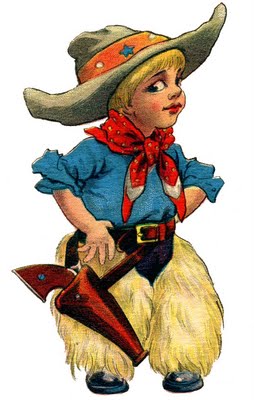

Patriarchs were bishops of particularly important sees in the eastern churches (which, after the Great Schism of 1054, would eventually become known as the Eastern Orthodox Church).Before the end of the fifth century, the office was established as the foremost authority in the western Christian Church, and the bishop of Rome became known as the father, or papa, or pope. Peter, and the office grew in prestige and influence over the first few centuries of the Middle Ages. Conflicts between Religion and Politics Traditionally, the Emperor would allow the Pope to handle religious matters. Explain the role of the church in medieval society. Girls and boys began by learning the letters of the Latin. 5 The teaching of reading began in infantia with parents and nurses, if the family could afford such help. The holder of this see was considered the successor to St. Describe the political impact of Christianity include Pope Gregory VII and King Henry IV of Germany (Holy Roman Emperor). Medieval scholars commonly thought of childhood in three divisions: infantia (birth to about 7 years), pueritia (about 7 to 14 years), and adolescentia (about 14 to 21 years). The term "metropolitan" has sometimes been used for the archbishop of a city.

An archbishop was a bishop who oversaw several dioceses besides his own.


 0 kommentar(er)
0 kommentar(er)
